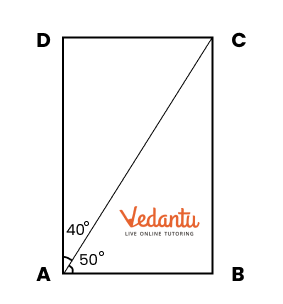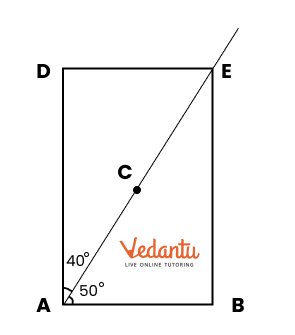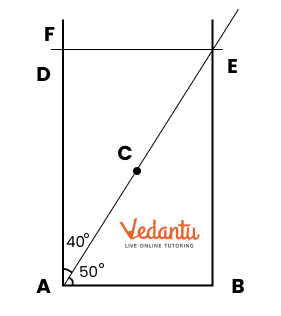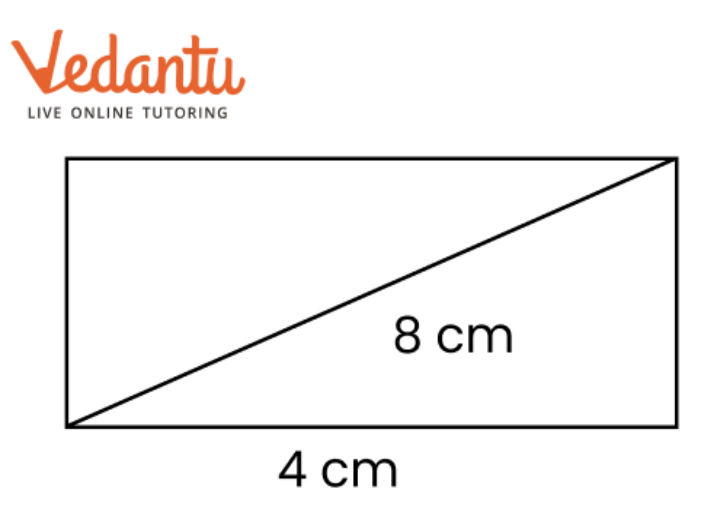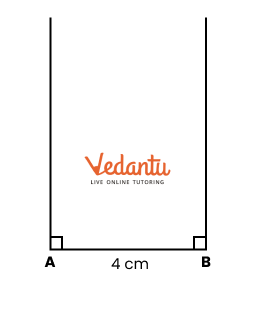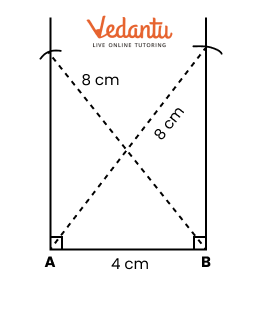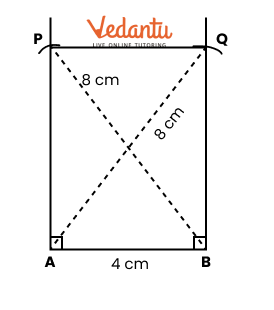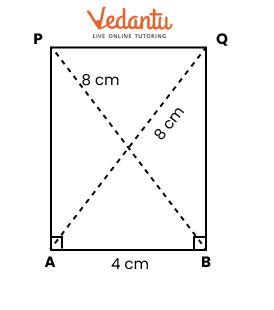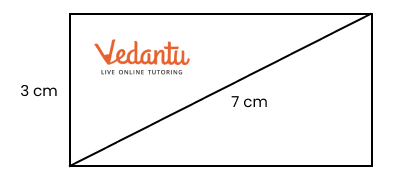Playing With Constructions Questions and Answers - Free PDF Download
FAQs on NCERT Solutions For Class 6 Maths Chapter 8 Playing With Constructions Exercise 8.5 - 2025-26
1. What is the focus of Class 6 Chapter 8 Exercise 8.5?
Class 6 Chapter 8 Exercise 8.5 focuses on geometric constructions, helping students learn how to accurately construct various shapes using a compass and ruler.
2. How do NCERT Solutions for Class 6 Chapter 8 Exercise 8.5 benefit students?
The NCERT Solutions provide clear, step-by-step explanations that simplify the construction process, making it easier for students to understand and apply geometric concepts.
3. Can I download NCERT Solutions for Class 6 Chapter 8 Exercise 8.5 for free?
Yes, the NCERT Solutions for Class 6 Chapter 8 Exercise 8.5 are available for FREE PDF download on educational platforms like Vedantu.
4. Are the solutions for Exercise 8.5 aligned with the CBSE syllabus?
Yes, these solutions are fully aligned with the CBSE Class 6 Maths syllabus, ensuring comprehensive coverage of essential construction topics.
5. How does Exercise 8.5 improve problem-solving skills?
By practicing the constructions outlined in the solutions, students enhance their ability to approach and solve geometric problems effectively.
6. What tools do students learn to use in Class 6 Chapter 8 Exercise 8.5?
Students learn to use a compass and ruler effectively, which are essential tools for performing geometric constructions.
7. Where can I find Class 6 Chapter 8 Exercise 8.5 NCERT Solutions?
You can access the FREE PDF download of NCERT Solutions for Class 6 Chapter 8 Exercise 8.5 on educational platforms like Vedantu for easy study.
8. How do these solutions help in reinforcing learning?
The solutions provide clear explanations and ample practice opportunities, reinforcing key concepts and helping students retain their understanding of constructions.
9. Why is understanding geometric constructions important?
Mastering geometric constructions builds a strong foundation for tackling more advanced geometric concepts in higher classes and enhances spatial reasoning.
10. How can NCERT Solutions for Class 6 Chapter 8 Exercise 8.5 build confidence in students?
By successfully practicing geometric constructions, students gain confidence in their mathematical abilities and develop a positive attitude toward problem-solving.

























